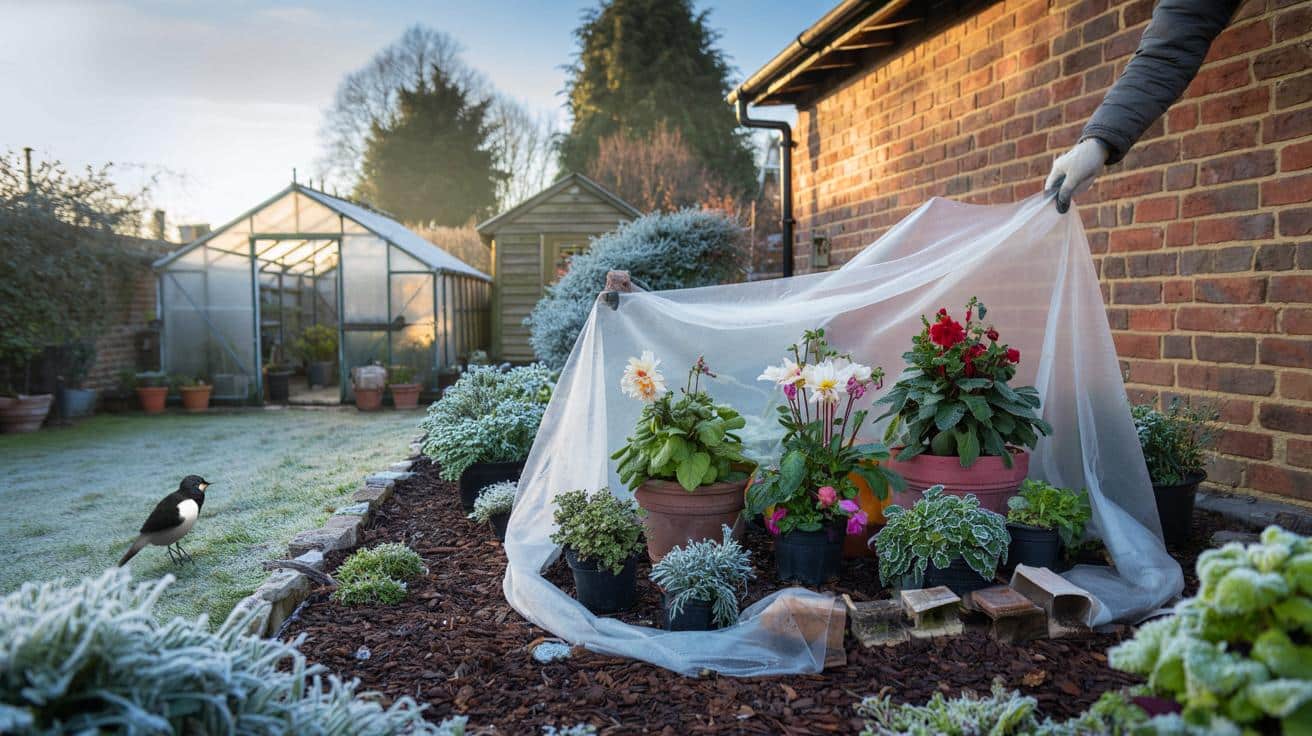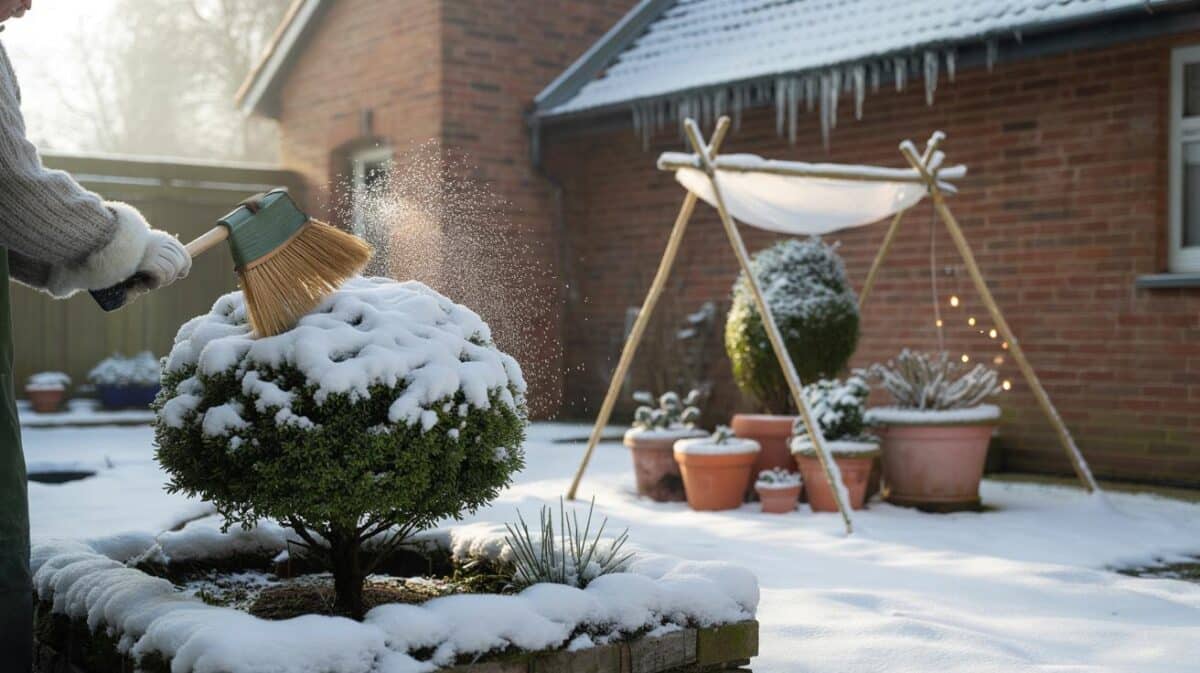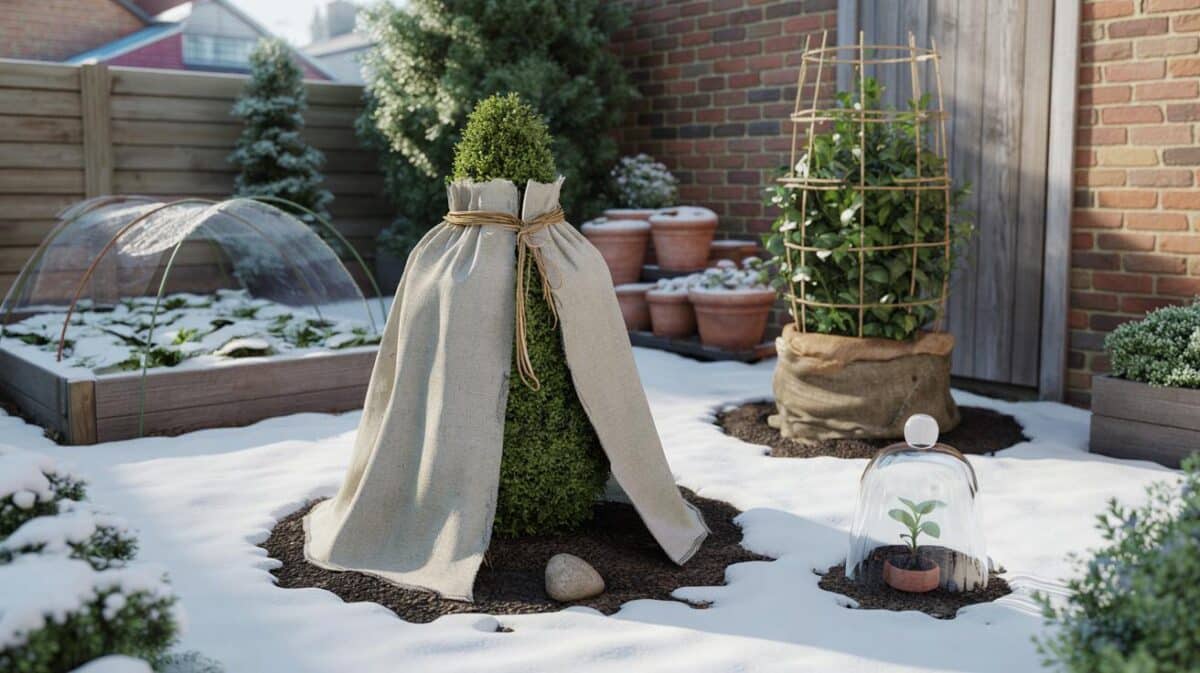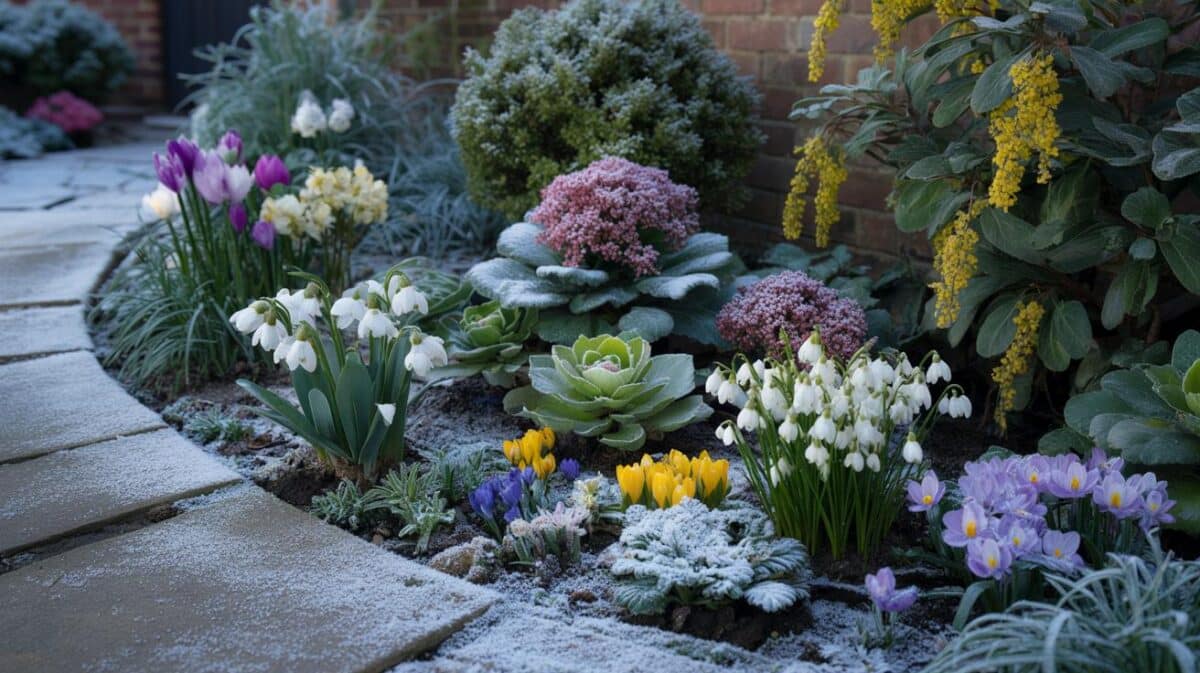These expert steps keep precious plants alive without fancy kit.
As colder air settles and forecasters flag wintry showers for the Highlands, many gardeners feel that seasonal jolt. Wind, rain, snow and sharp frost can scorch foliage, split stems and ruin weeks of autumn graft. Native stalwarts like silver birch, holly and hawthorn shrug off the cold. Basil, parsley, coriander and tropical flowers do not.
The Woodland Trust has shared timely guidance that fits the British garden right now. Citizen Science Manager Kate Lewthwaite writes that late October into early November is « the time to put your garden to bed », with clear steps that prevent losses and set you up for an easier spring. The method is simple.
The UK timing that makes winter care easier than you think
Kate Lewthwaite lays out a calm plan for late autumn. « I find it a satisfying process – it’s a little sad as it signifies the end of the growing season, but pottering round the garden on sunny autumn days is a great time to appreciate the hard work you’ve put in and make plans for next year. Here are my tips on how to protect your plants in winter so the garden can spring back to life in the new year. » That line lands with many British gardners, who feel the same pull once clocks change and nights bite.
Some plants can take a chill and bounce back, others need a hand. Native trees have evolved to ride out a British winter. Tender herbs and exotic blooms sit on the edge once temperatures dip below zero. Knowing which is which saves money and stress when the first icy morning hits.
- Plants that need extra care now include dahlias, gladioli, begonias, tender fuchsias, basil, parsley, coriander and tropical specimens
Move fragile pots now or risk losing them to the first hard frost
The quickest win is to shift vulnerable plants somewhere warmer or more sheltered. That might be a south facing wall, an open porch, a cold greenhouse or a simple shed. Kate explains how different plants behave once cold arrives. « Some garden plants, like dahlias and gladioli, are root hardy but not shoot hardy. Generally, they will die down to the ground with the first frost, but the roots, tubers or bulbs should survive to send up shoots next year. » That means the top will blacken while the base stays safe.
Colder districts will need a firmer plan. « In colder parts of the UK though, you may need to lift them and store them in a shed before planting them out again in spring. » That step often decides whether favourites reappear or vanish. She adds practical advice for pots that shut down fully. « Pot plants that have gone completely dormant, like begonias or tender fuchsias which have dropped their leaves, will be quite happy in a dark shed over the winter. Other plants that are still green and growing slowly will continue to need light, so a cold greenhouse would be better. »
So, group sleepy pots where they stay dry and out of wind. Keep the slow growers where they still see light. That small shuffle can rescue a whole display.
Mulch and wildlife support, the soil saving layer many skip
Once plants sit in safer spots, look down at the soil. A blanket of mulch over the crown and roots holds warmth and shields from freeze and thaw. The expert puts it plainly. « Many tender plants will benefit from mulch over their roots for added protection in winter. Mulch could be garden compost, wood chippings or leaf mould. » Choose what you have to hand and keep it a few centimetres thick around the base.
There is a bonus that pays off next year. « As an added bonus, it will provide soil nutrients as it slowly rots and will also help to retain water, so reduces watering next year. » That means fewer thirsty mornings when spring gets busy. It can help the garden’s wildlife too. « The blackbirds in my garden love turning over the mulch all winter to look for bugs, so it’s great for them too. » A warmer soil and more foraging never hurts.
Keep mulch off soft stems to avoid rot. Top it up after heavy rain if it slumps. Little and often works.
A quick cover on the coldest nights that changes everything
Check the forecast each afternoon during a cold snap. If temperatures drop, a light throw makes all the difference. Kate’s last step is fast and cheap. « If frost is forecast, you can throw some old newspaper or horticultural fleece over plants and pots temporarily. You might need a few layers for exposed plants if it’s especially cold. » That cover traps a pocket of air and keeps delicate shoots from icing over.
Secure fleece with pegs or bricks before wind gets up. Remove covers in the morning once the sun lifts the chill. Plants breathe and dry faster in daylight, which keeps disease low.
None of this needs special kit or big spending. A move to shelter, a modest mulch and a simple cover tick the boxes for most British plots in late autumn. Your beds and pots will thank you in sping.










Brilliant roundup—moving tender pots to a south-facing wall and throwing fleece on frost nights has saved my basil more than once. The reminder to keep mulch off soft stems is gold. Thanks!